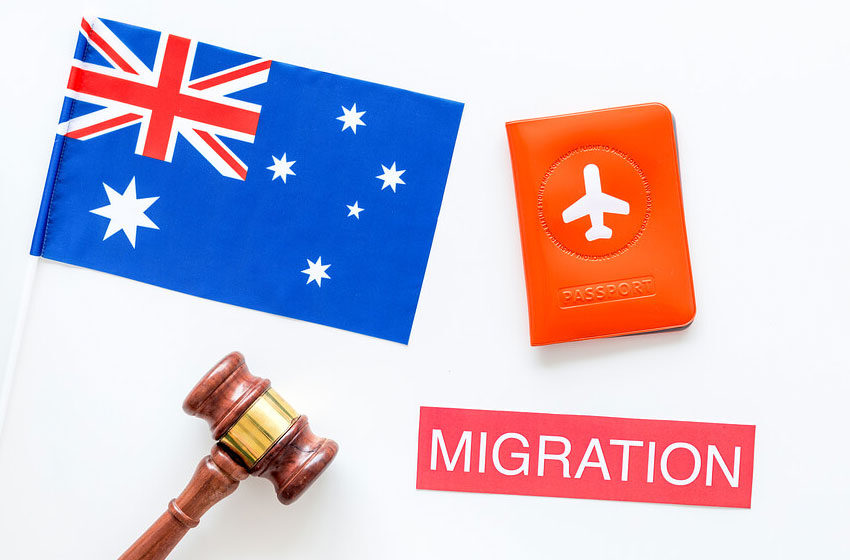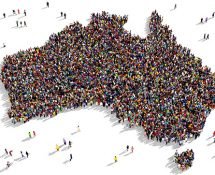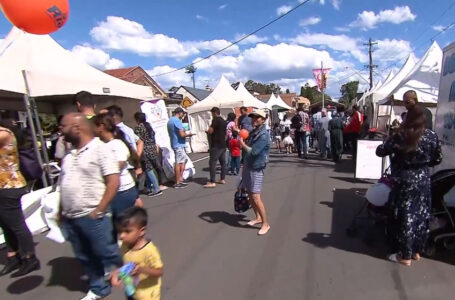What’s the Right Immigration Policy for Australia?

However, nearly 54% of those polled indicated they were concerned about how fast the population growth rate was rising. Statistically, it is up almost 15% from those surveyed five years ago. An even higher percentage (nearly 64%) have expressed that the level of immigration over the past decade in Australia is too high to be sustainable.
The Question of How Immigration Should Look Like
Though the concern is on the rise, Australians are consistently conflicted with how they feel about immigration as a whole. In a Guardian Essential Report, 55% of those polled agreed with the statement that: “multiculturalism and cultural diversity has enriched the social and economic lives of all Australians.” In contrast, only 32% agreed with the statement that, “multiculturalism has failed and caused social division and dangerous extremism in Australia.” When considering immigration growth as a multicultural event, more people seem to be tolerant of the inclusion of immigrants into Australia.

Perhaps it is expected that the opposition for the continued rise (and current levels) of immigration happens to be higher among people over 45 years old compared to those younger. Despite the differences when broken down by age, there still has been a recorded majority opposition to the increased influx of immigrants in both groups.
The most active supporters of immigration (and, by context, increased multiculturalism) are those who are under 35, Greens supporters, and those who have been educated in a university. The more forceful against the increase were more likely to be those who were over 65 and those that often backed a political group that was outside of the majority parties.
When a variety of voters were asked for their views about temporary and permanent migration options, as well as short-term refugee entrants, there were mixed views. Nearly 47% of those polled believed there should be fewer short-term working visas and 46% polled believed that there should be fewer permanent refugees allowed into Australia.
The majority of the polls reflect an Australian people that are less concerned about short-term visas (student or business), which currently make up the highest number of foreigners in the country. A majority believe strongly that foreign workers on short-term visas are pushing Australian citizens out of jobs, as well as putting pressure on existing infrastructure within the cities that host them. It is clear that the Australian people want to pause the influx of immigrants of all kinds to try and manage them more effectively.
.








